Tales of fearsome head-hunting tribes abound in Borneo, a large island in Asia. Different tribal groups still inhabit the island but thankfully, disagreements are sorted in a much more amicable manner than in the past. There’s little fear now of a rival chief turning up at your home to take back your head on a plate—literally! It wasn’t all that long ago, however, that this was pretty standard practice in this part of the world.
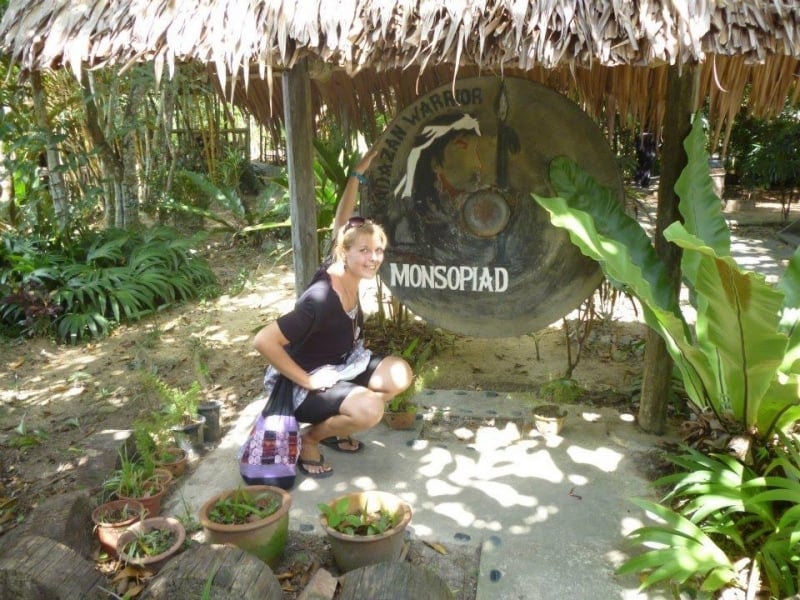
Located close to Sabah’s capital of Kota Kinabalu, Monsopiad Cultural Village offers a fascinating glimpse into the island’s tribal past. There are some traditions that endure today, and thankfully, collecting skulls as trophies is not one of them. Here’s what you can expect from a visit to Monsopiad Cultural Village:
Hear the story of Monsopiad, a mighty tribal warrior
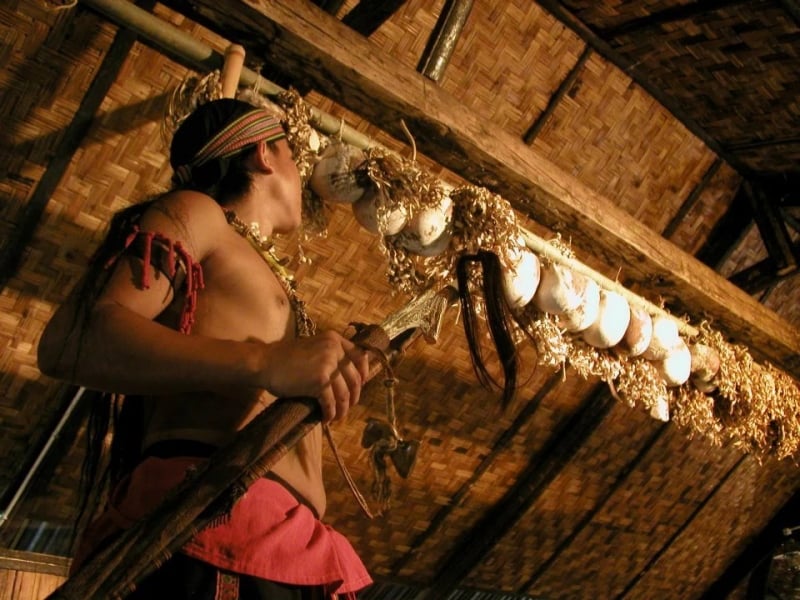
Image credit: Monsopiad Heritage Village
Legends tell of a sacred bird that had made its nest on top of a house. The bird sat incubating its eggs on the rooftop. Inside the house lived a man and his pregnant wife. All babies, human and hatchlings, were born at the same time. The couple had a little boy, who they named Monsopiad. When the sacred mama bird left the nest, Monsopiad’s father took the baby birds under his wing, raising his son and the chicks together.
Monsopiad’s grandfather ruled their village, a place called Kuai. A lack of skilled warriors and resources, however, meant that the small village was often attacked by rival tribal groups. As Monsopiad grew up, he wanted revenge for his home village and his family. He became a strong warrior and was held in great esteem by the villagers. He pledged to kill all who had wronged the village, with a plan to bring back their heads as mementoes.
He fearlessly set about collecting heads of enemies. Soon enough, all of the village’s enemies had been destroyed, their skulls proudly displayed by Monsopiad near his home. He gathered more than 40 skulls, which are still kept in the village today. You can see them in the chillingly named House of Skulls.
Even with the village safe and all its enemies gone, Monsopiad still yearned for battle and bloodshed. His hunger was such that the villagers, now terrified of the powerful man, decided to kill him. It was a time of mixed emotions. On one hand, the village folk feared for their safety from the very man they had once seen as their savior. On the other hand, they remained grateful for Monsopiad having protected their village. After his untimely demise, the villagers created a monument to the ferocious head-hunter and renamed the village after him as a sign of respect and thanks.
Experience traditional activities from times gone by
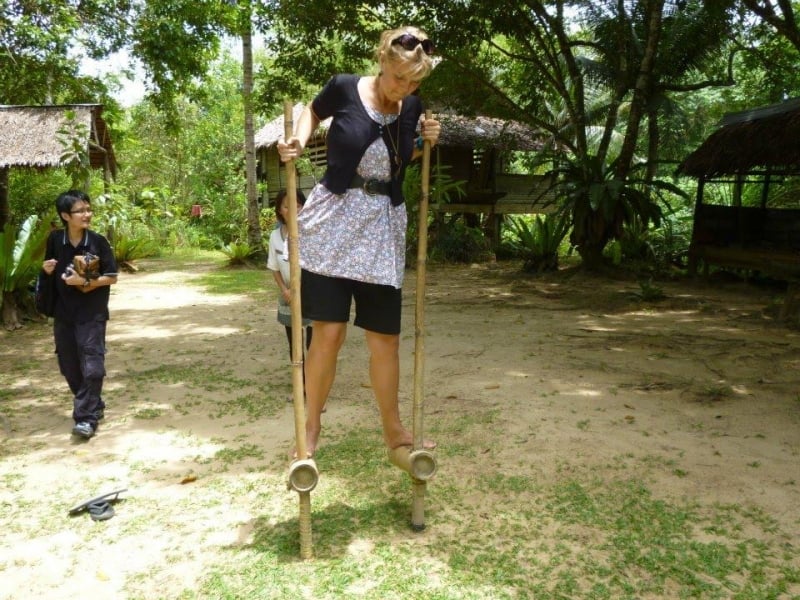
Apart from simply learning how people from the village used to live, why not step into tribal life for a moment and have a go yourself? There are several fun activities that will have you feeling ferocious and bad-ass in no time at all!
Imagine the village under attack. Would you choose a slingshot or a blow pipe as your primary method of defence? See which one you’re best at using just in case, you know, of an attack! Well, for fun really, but you can still pretend.
Slingshots were also used to hunt animals for food. Would you be able to stun your dinner or would you be going hungry because of your lousy aim? Take aim at targets and see how much of a hunter or huntress you’d have been if you lived during Monsopiad’s times.
Did you know that stilts were used to walk through water? Would you be able to cross safely to the other side or would you end up being drenched? While you won’t have to actually navigate flowing water or stagnant pools, see if you can keep your balance and move forward on stilts on dry land.
The village people also like to entertain themselves with music and games. There’s a selection of musical instruments for you to play around with — see if you can get much of a tune from them. The guide will also explain how to play the games. There are many hands-on and interactive experiences to enjoy.
See how people lived in the village
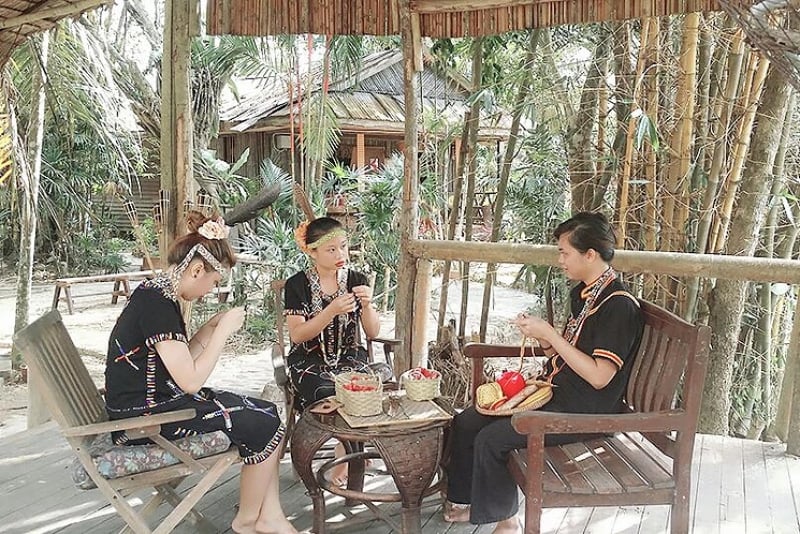
Image credit: Monsopiad Heritage Village
The village homes have been preserved to show how people lived in the past. Some of the homes are still lived in by Monsopiad’s descendants. Don’t worry though; they’re used to seeing visitors and don’t tend to try and chop the heads off strangers! Built many years ago, it’s interesting to see the methods used in the past to construct sturdy, practical, and comfortable shelters from locally sourced materials. As you wander around it’s quite easy to imagine the peace being shattered by the blood-curdling battle cries of an unsatisfied warrior.
There are spiritual shrines and statues, and you can learn more about animist practices from the past. Nature trails lead through wooded areas and you can enjoy the views from a swinging suspension bridge that spans the river. (No need for stilts today!)
Sample traditional rice wine and see how it’s made
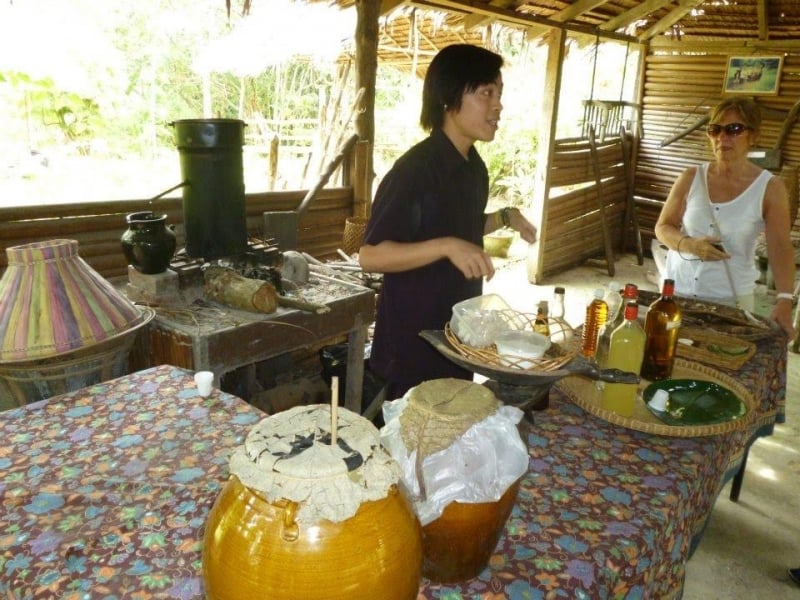
Monsopiad’s relatives still make wine from rice as it was in Monsopiad’s day, using similar equipment and ingredients and following methods that have been passed down through the generations. You can see the equipment used, and a guide will take you through the wine-making process, explaining each step clearly. This is one of several ways that the Kadazan people try to conserve and showcase their traditions. It offers a fascinating glimpse into a different culture.
As well as merely seeing how the wine is produced, visitors will be offered a sip of rice wine that has already been produced. Be warned—it’s super strong! A sip is all you need to feel the burn down your gullet and a glow in your cheeks!
Enjoy an interactive cultural show
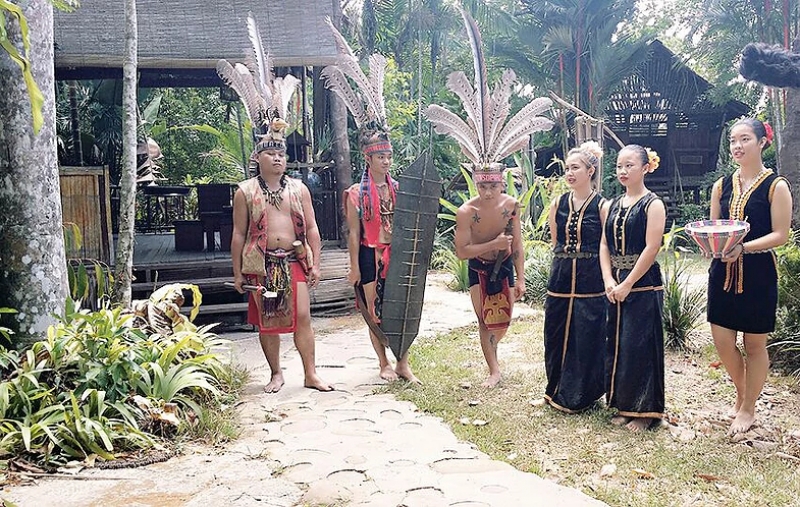
Image credit: Monsopiad Heritage Village
Another way in which villagers seek to maintain their cultural traditions is through music, dancing, and clothing. The small venue lets you really appreciate the performance and admire the skills displayed. Various dances are performed while tunes are played on traditional musical instruments. Some dances are fast and some are slow. All are captivating. Many of the routines are steeped in symbolism and meaning, and the narrator will explain why certain dances were performed in the past. You can even join in with some of the dance if you like. There’s no need to feel shy; everyone’s just having fun.
With a spine-tingling cry, there is also an impressive demonstration of using the blow pipe. The demonstrator is decked in traditional tribal warrior clothing, complete with feathers and skins. It’s easy to see how one could be intimidated when faced with such a foe. He takes aim and shows his perfect precision with a dart. Visitors are also invited to have a go at this too.
With many hands-on activities to teach you more about life in Monsopiad’s village in the past, a visit provides lots of educational fun and is highly recommended when travelling around the Malaysian state of Sabah.




